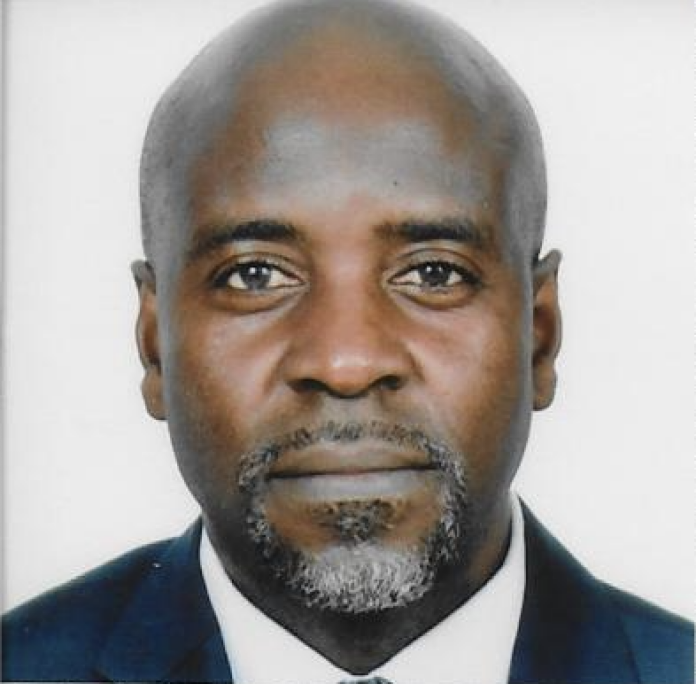- Jomo Kenyatta International Airport (JKIA) is literally and figuratively bursting at the seams. Leaking roofs, power outages, and non-functional baggage carousels are now a constant feature of an airport built to handle 2 million passengers annually. However, that is now straining with a throughput of more than 8 million presently and growing at 4 per cent per annum.
- Kenya Airports Authority (KAA) is the parastatal responsible for developing and maintaining all public airports in the country. JKIA falls within its ambit. For the urgently needed expansion of JKIA, KAA would need to borrow as it doesn’t generate sufficient revenues annually to take on a project of the magnitude envisaged and within the time frame desired.
- The government of Kenya is heavily indebted to both local and international lenders. The previous administration borrowed rather heavily to the extent that the country’s debt ceiling was breached and raised twice. Presently, there is very little headroom for further borrowing. The result of this reckless borrowing is that it is no longer possible for the Exchequer to finance public projects using debt.
- Public Private Partnerships (PPPs) are an innovative way of funding public projects using private means. Concessionaires are invited to build infrastructure, usage charge, make a profit and thereafter revert the same to the government within thirty years. First established by the PPP Act of 2013, the law has since been amended and the same replaced by the PPP Act of 2021.
Hersi: Adani’s JKIA deal is bad. Get other investors, build new airport in Konza
5. Adani is an Indian company that proposes to refurbish and expand JKIA through a PPP arrangement. It has submitted a Privately Initiated Proposal (PIP) which the PPP Act of 2021 allows. The import of this is that should Adani’s PIP be successful, it will obviate the need of the usual government procurement process that involves tendering for the project, shortlisting and the eventual award of a contract to the lowest bidder with the right technical, financial and legal requirements.
6. Adani’s proposal has elicited a lot of controversy. First, it suggests that KAA employees, permanent and pensionable at the moment, should be put on new contracts whose terms are unclear. Normal practice is to have such employees seconded to a concessionaire so that they lose none of their terms of contract with the government.
7. The most urgent needs at JKIA are a new terminal building, runaway and attendant infrastructure like aprons and taxiways. Yet Adani’s priority would be to develop the cityside of the airport which entails putting up hotels and businesses to serve citizens within and without the airport. The urgently needed terminal is slated to come late in the concession whilst a second runway has been relegated to a possibility at the tail-end of the entire contract.
8. Adani requires government guarantees and approvals to use KAA assets as collateral to raise 70 per cent of the finances it needs. Such guarantees are regarded as debt in the government’s loan book, defeating the essence of a PPP which is the easing of public debt. Further, collateralizing KAA’s assets is something that the parastatal can do itself. Together with its balance sheet, it can easily procure funding for JKIA from concessional lenders, and this is without government guarantees.
9. Adani proposes amendments to existing Kenyan law to suit certain unspecified objectives. It further reserves the exclusive right to terminate the contract for whatever reason and exacts punitive compensation in the process. To many Kenyans, this is selling the country short pretty much like the Biblical Esau who sold his birthright for a bowl of pottage.
10. In many jurisdictions, PPPs are used to develop new infrastructure. Existing infrastructure is better served by managing authorities who can use revenues from the same to either fund their maintenance and improvement or getting cheap loans for the same. Kenya’s aviation sector needs new infrastructure that aligns it to Vision 2030 and Agenda 63. Both place aviation at the centre of intra-Africa trade that is hitherto largely untapped despite the potential to turn countries into fully developed status. A new airport is needed preferably in a place like Konza where the elevation would allow for bigger passenger and cargo planes. In addition, the availability of land would allow for a purpose-built airport. Adani and others should consider PIPs this end and leave JKIA to KAA or KQ to refurbish and expand.











